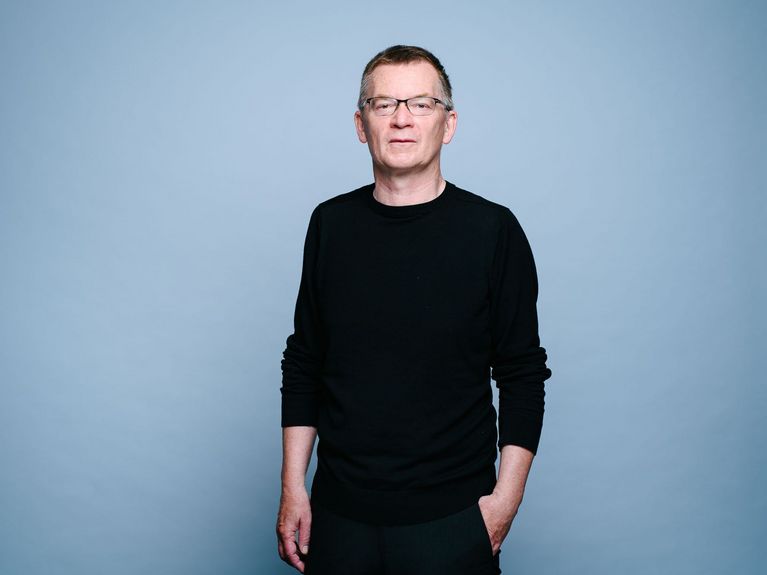Point of View
Open Access as the standard in science

[Translate to Englisch:] Roland Bertelmann ist Leiter des Helmholtz Open Science Office. Bild: Helmholtz/Phil Dera
Following the conclusion of the DEAL agreements with Wiley, Springer-Nature and, for the first time, Elsevier, the scientific community now has the opportunity to use the time available to it in the coming years to shape the future of Open Access in a sustainable way, says Roland Bertelmann of the Helmholtz Open Science Office.
With DEAL, the Alliance of Science Organizations has initiated a project to negotiate national contract models with journal publishers that enable access to and open dissemination of research results from Germany. The newly negotiated second generation contracts with Wiley and Springer-Nature and the new agreement with Elsevier are undoubtedly an important step towards further establishing Open Access in the German scientific landscape. All articles by scientists from the participating institutions in the journals of these publishers (with the exception of Nature titles) will be made openly accessible with immediate effect. A particularly positive aspect is that the rights to the content remain with the authors. The contracts also allow access to the entire content of the journals offered. Another positive aspect is that, despite inflation, the fees per article are lower than those of the DEAL contracts from 2019. This shows that DEAL and its structures have made it possible to negotiate successfully on a national level, countering the “divide and conquer” approach of the major publishers of the past.
The agreements, which will run for a period of five years, will significantly increase and secure Open Access and the exchange of scientific knowledge from Germany published in these journals. This also provides an opportunity to shape the future course of the transformation of the publishing system and to test and further develop the models and approaches used. Unfortunately, it has not been possible to convert the journals themselves to an OA business model across the board. The regulations on artificial intelligence and data protection also leave room for improvement.
The three publishers Elsevier, Springer-Nature and Wiley dominate the scientific communication market with a total of more than 6,000 journals. Scientific publications are the object of commercial interests. Science itself, on the other hand, has a primary interest in documenting and disseminating the results of scientific work through publications. We need a better balance between commercial interests and the interests of science. And indeed, scientists have many more options when it comes to choosing a publication medium. Quality-assured and approved OA titles are not only available from the major publishers. Increasingly, other funding options beyond publication fees are becoming established. Such scholar-led publishing channels, often referred to as Diamond Open Access or Scholar-led Publishing, focus on the autonomy of science.
The key question, however, will be whether and how the scholarly community organizes itself to advance publishing under the paradigm of digital sovereignty. Academics have a special role to play here: As authors, editors and reviewers, they generate the reputation, quality and relevance of journals. In the next five years, it will be of great importance which innovative open access models determine the negotiation dynamics in order to consistently pursue and implement the principle of “openness by design” anchored in the Helmholtz Open Science Policy for infrastructure development.
Scientific publishing at Helmholtz:
Status quo, scenarios for scholar-led publishing: https://doi.org/10.48440/os.helmholtz.073
Readers comments